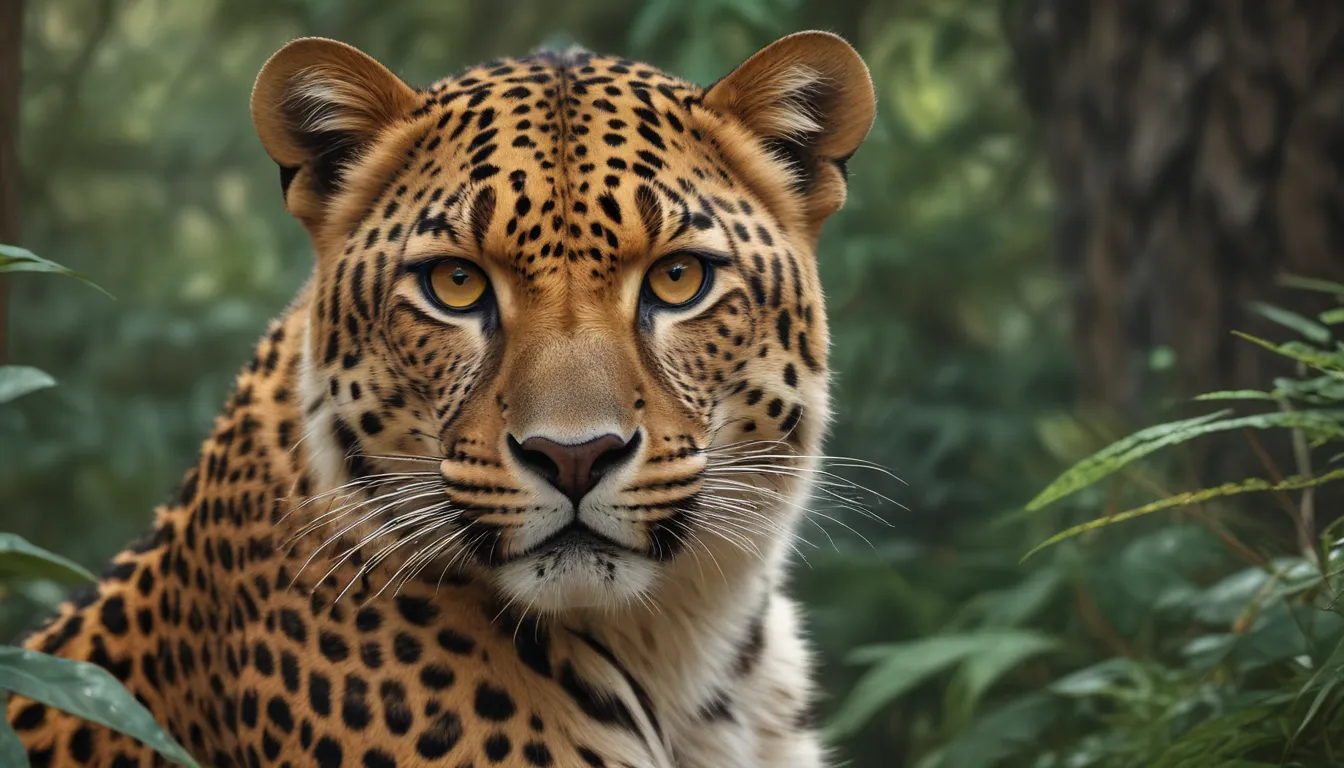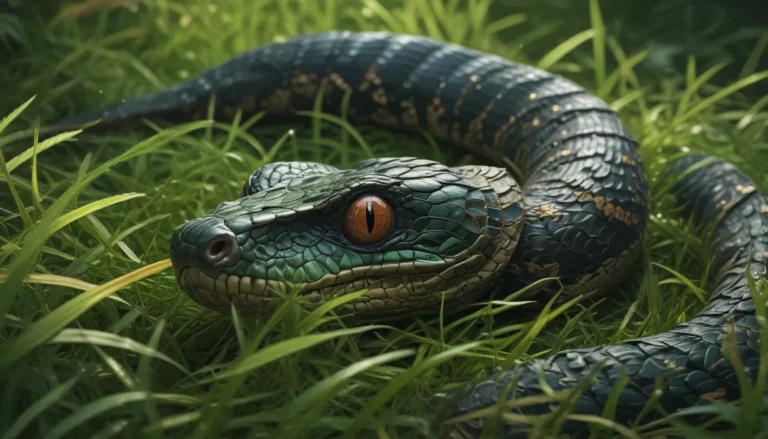The pictures we use in our articles might not show exactly what the words say. We choose these pictures to make you interested in reading more. The pictures work together with the words but don’t take their place. The words still tell you the important facts.
Leopards, with their magnificent spotted fur, are undeniably charismatic creatures that captivate the hearts of many. These wild cats can be found in various parts of Africa and Asia, thriving in a wide range of habitats. Despite their strength and stealth, leopards face numerous challenges that threaten their existence. Delve into the world of these endangered animals as we explore some intriguing facts about leopards.
The Origin of the Name “Leopard”
The word "leopard" finds its roots in the Greek word "leopardos", which initially referred to cheetahs. It is a compound word derived from "leon", meaning "lion", and "pardo", potentially meaning "panther". The unique name reflects the distinctive characteristics of these majestic felines.
Camouflage Mastery: The Spots of a Leopard
One of the most striking features of leopards is their spotted fur, adorned with groups of spots known as rosettes. These intricate patterns serve a crucial purpose by providing excellent camouflage in their natural habitats. From pale yellows to dark golds, their fur helps them blend seamlessly with the lush foliage, ensuring their stealth and survival in the wild.
The Distinctions Between Leopards, Jaguars, and Cheetahs
While leopards, jaguars, and cheetahs may share similarities in appearance, each species possesses unique characteristics that set them apart. Leopards are predominantly found in Africa and Asia, jaguars reside in the Americas, and cheetahs have a more limited range. Their spots and patterns vary, with jaguars featuring larger rosettes and cheetahs sporting simple polka dot patterns. Understanding these distinctions enhances our appreciation for the diverse world of big cats.
The Mystery of Black Panthers Unveiled
Contrary to popular belief, black panthers are not a separate species but rather leopards or jaguars with a genetic mutation known as melanism. This phenomenon results in an excess of black pigments, giving these felines their distinctive dark fur. Despite their coloration, black panthers may still exhibit ghost rosettes, further highlighting the beauty and intrigue of these captivating creatures.
The Art of Hunting: Secrets of a Leopard
Leopards are skilled hunters, relying on their keen senses of sight and hearing to track and ambush their prey. These nocturnal predators employ stealth and speed to capture animals ranging from impalas to monkeys. While they prefer medium-sized prey, leopards are not selective eaters and can feast on a diverse array of animals, showcasing their adaptability in the wild.
Tree-Dwelling Solitude: The Life of a Leopard
Known for their climbing prowess, leopards often utilize trees as a refuge from threats and a storage space for their kills. These solitary animals mark their territories discreetly and avoid encountering other leopards except during the mating season. Their arboreal lifestyle sets them apart from other big cats and highlights their unique adaptation to diverse environments.
Legendary Roars and Communicative Spots
Leopards communicate through a range of vocalizations, including meows, purrs, growls, and distinctive roars reminiscent of sawing wood. In addition to auditory cues, the white spots on their ears and tails serve as visual signals for communication among individuals. These subtle gestures enhance their social interactions and play a vital role in their intricate communication network.
The Circle of Life: Breeding and Survival
Leopards mate multiple times throughout their lives, with breeding peaks often occurring during the rainy season. After a gestation period of approximately 96 days, females give birth to 2 to 4 cubs in secluded dens. The cubs remain dependent on their mothers for up to two years, learning essential survival skills before venturing into the wild. Despite their maternal care, many young leopards face challenges in reaching adulthood due to natural predators and environmental factors.
Conservation Concerns: The Plight of Leopards
Despite being the most populous big cat species, leopards face numerous threats that jeopardize their survival. Habitat loss, human-wildlife conflicts, and illegal hunting contribute to the decline in leopard populations. From the critically endangered Amur leopard to the vulnerable African leopard, conservation efforts are essential in mitigating the challenges facing these magnificent creatures.
A Call for Action: Protecting Our Wildlife
In a world where the balance of nature hangs precariously, it is crucial to safeguard the future of species like leopards. By raising awareness, supporting conservation initiatives, and fostering coexistence between humans and wildlife, we can pave the way for a brighter tomorrow for these iconic animals. Join us in preserving the beauty and diversity of our natural world for generations to come.
Conclusion
As we unravel the mysteries of leopards and unveil the challenges they confront, let us embrace a shared responsibility to protect and cherish the rich tapestry of life on our planet. From the enchanting rosettes of their fur to the haunting echoes of their roars, leopards beckon us to appreciate the interconnectedness of all living beings. Together, let us stand as guardians of the wild, champions of conservation, and stewards of a legacy that transcends time. In the realm of leopards, let us find inspiration, reverence, and the promise of a world where nature's beauty thrives in harmony with humanity.






